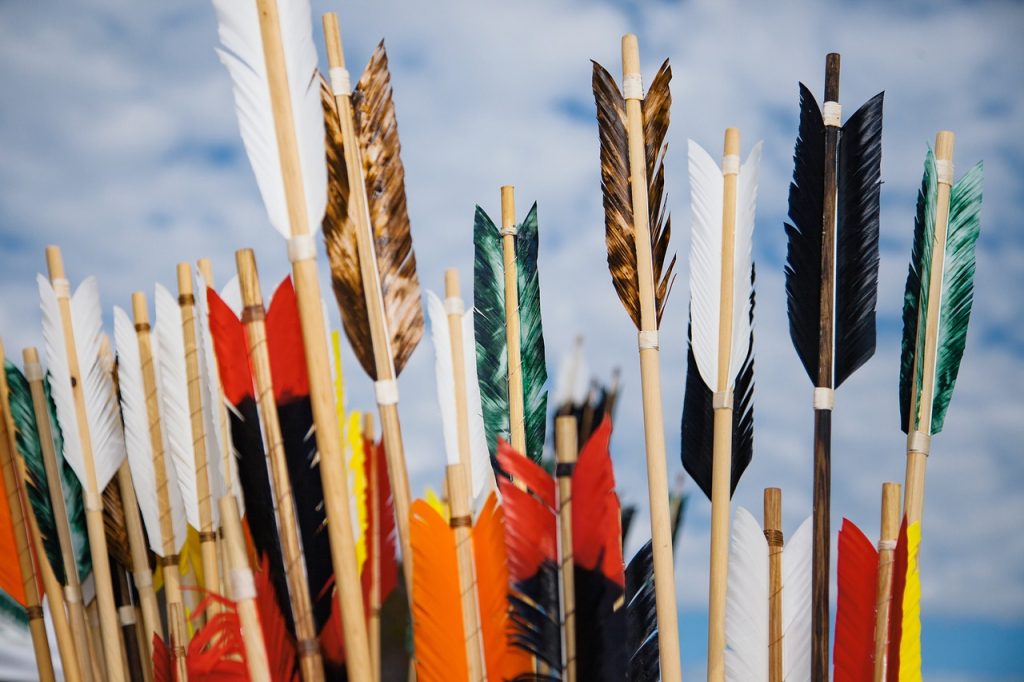
Archery is more than a sport — it’s a living tradition that reflects the culture, values, and history of societies across the globe. From ceremonial rituals to martial practices, the bow and arrow have played a symbolic and practical role for centuries.
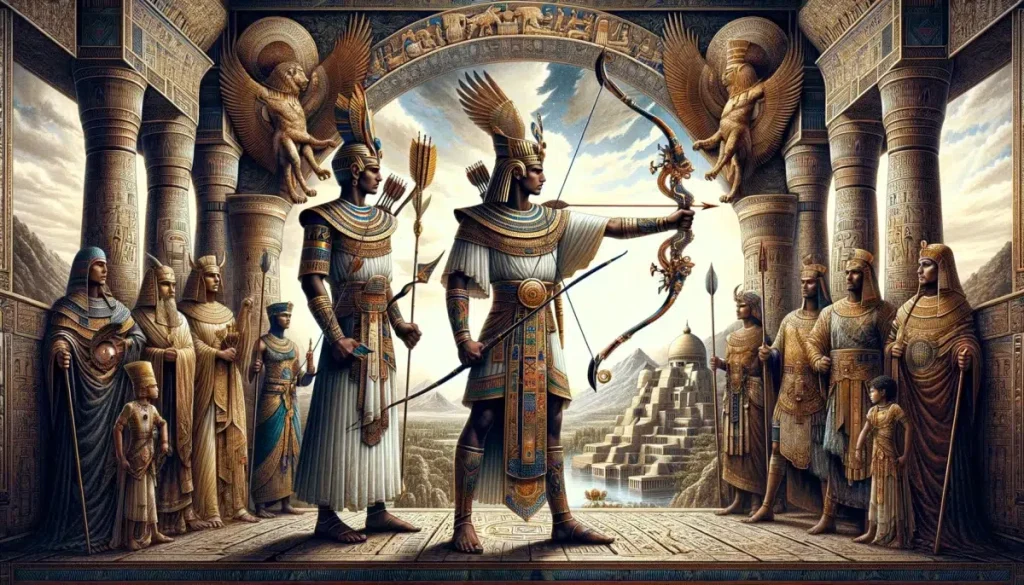
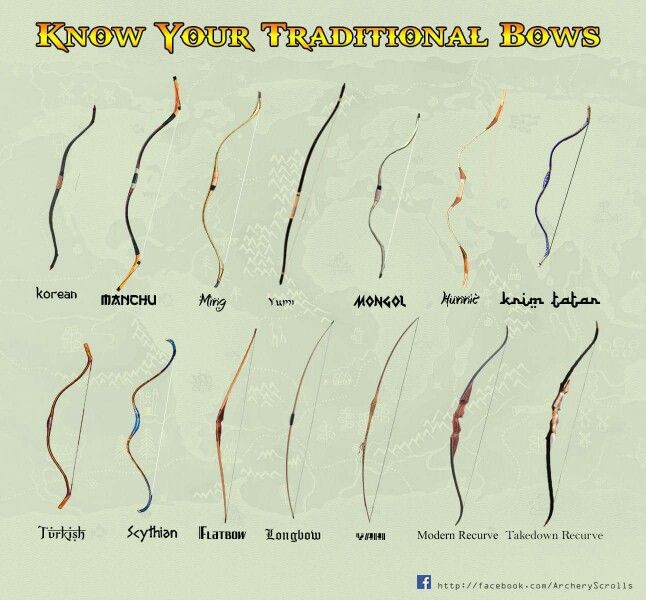
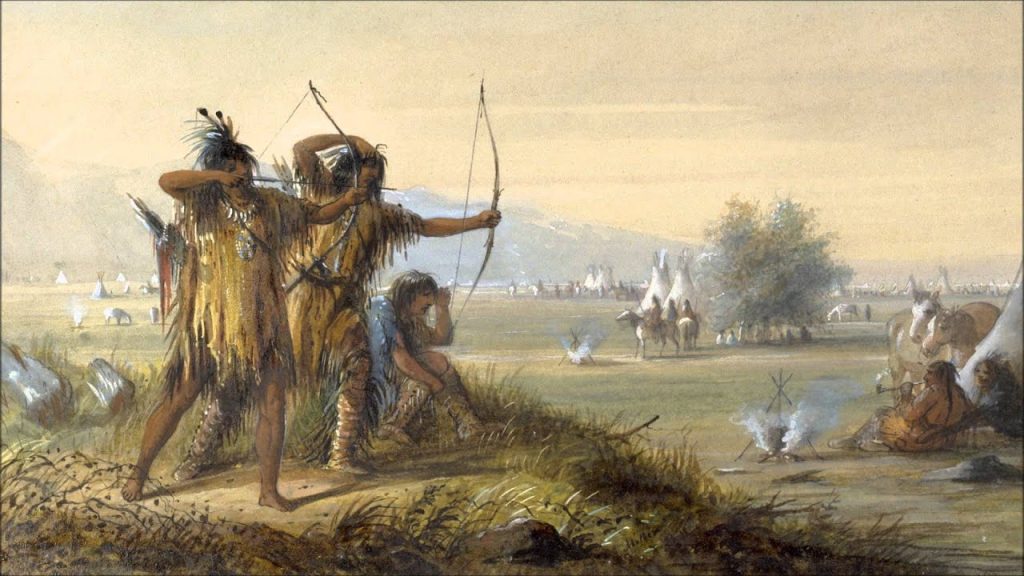
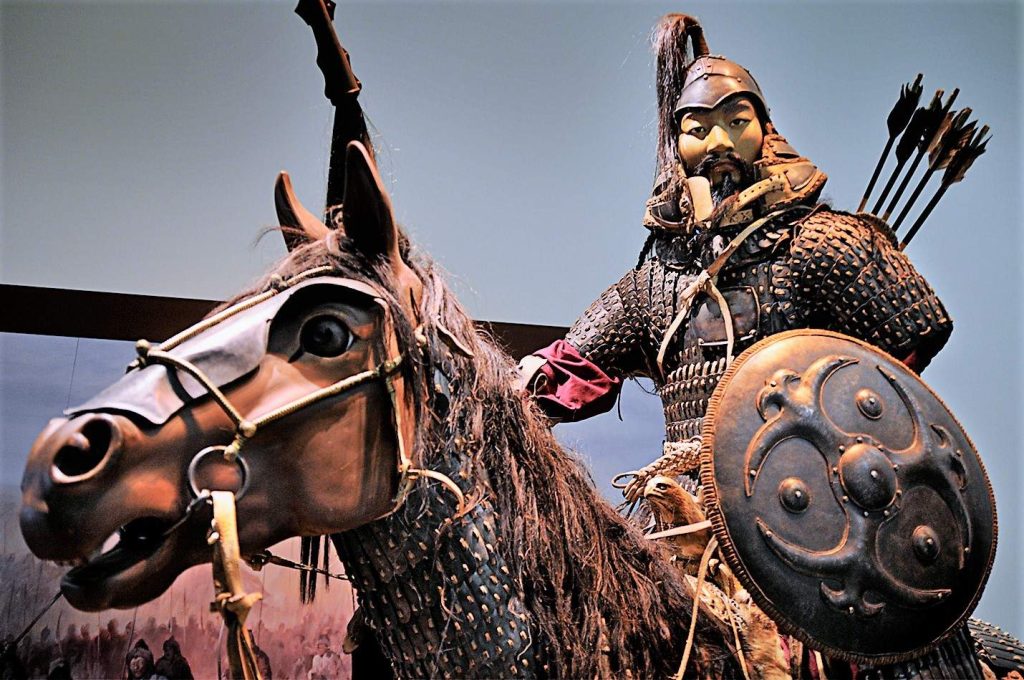
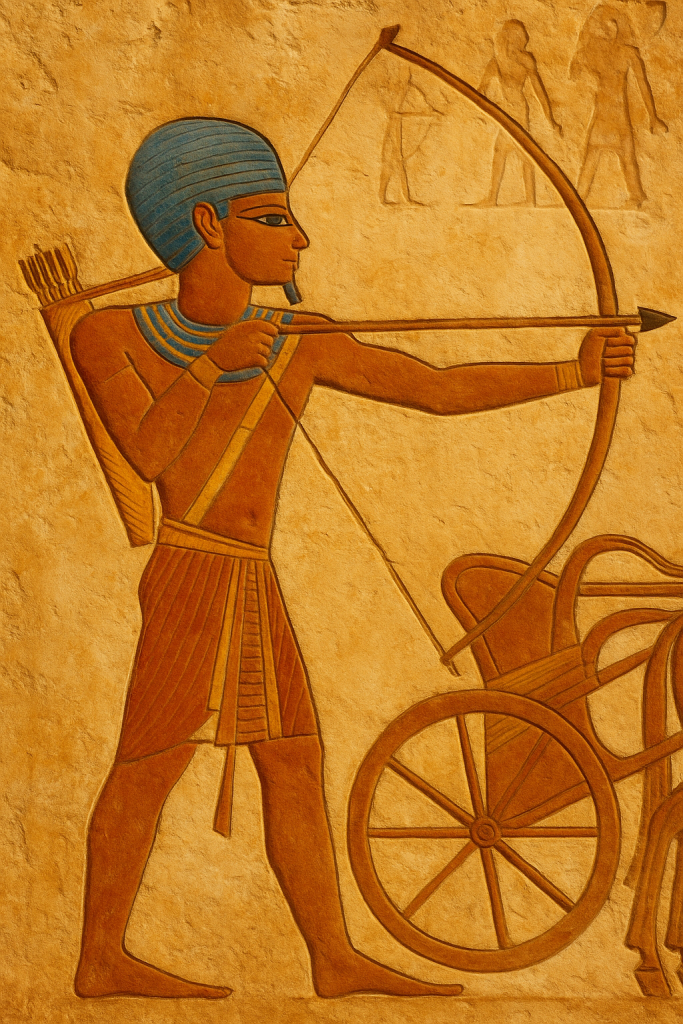
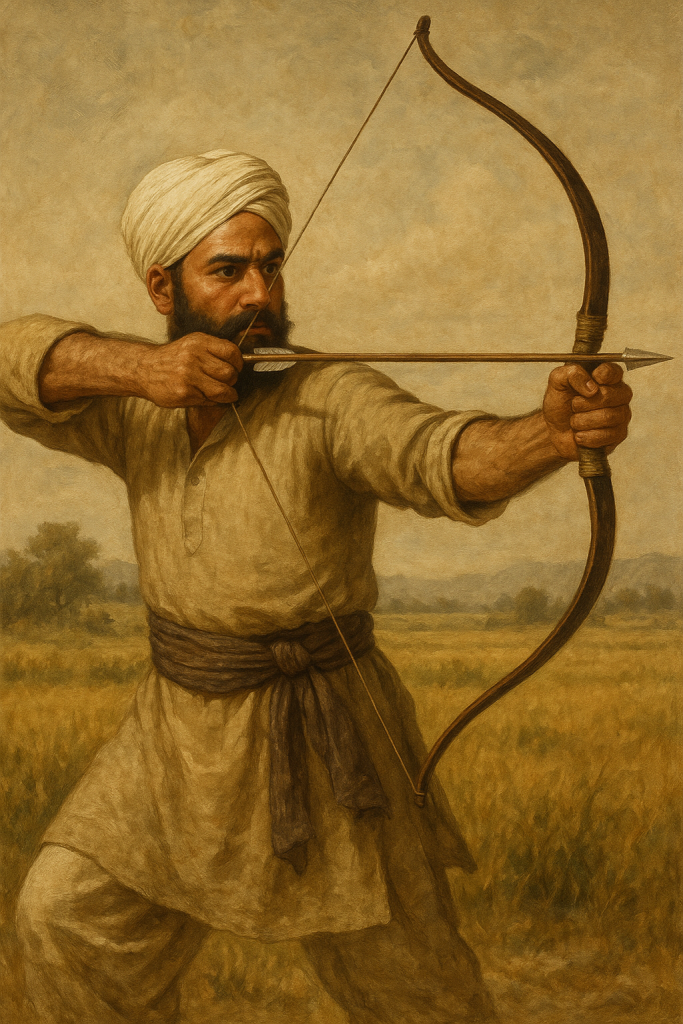
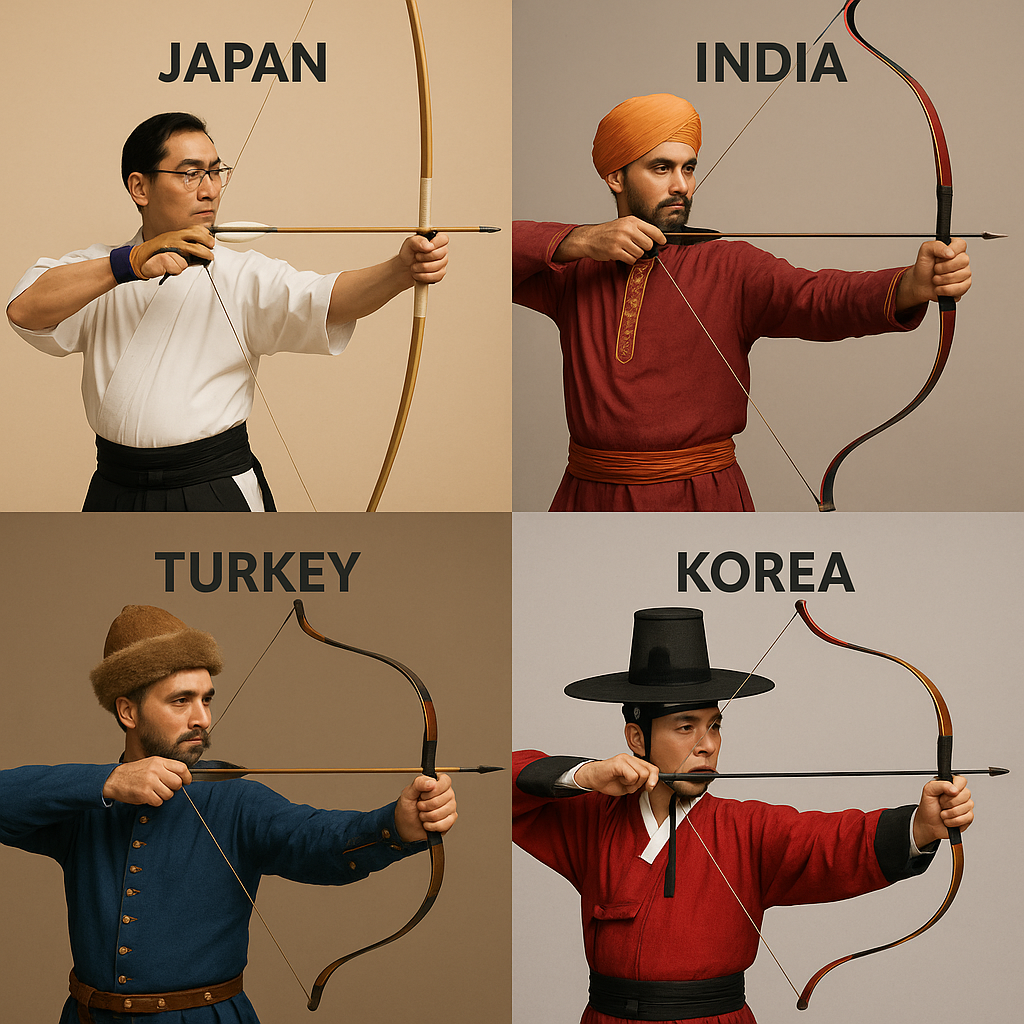
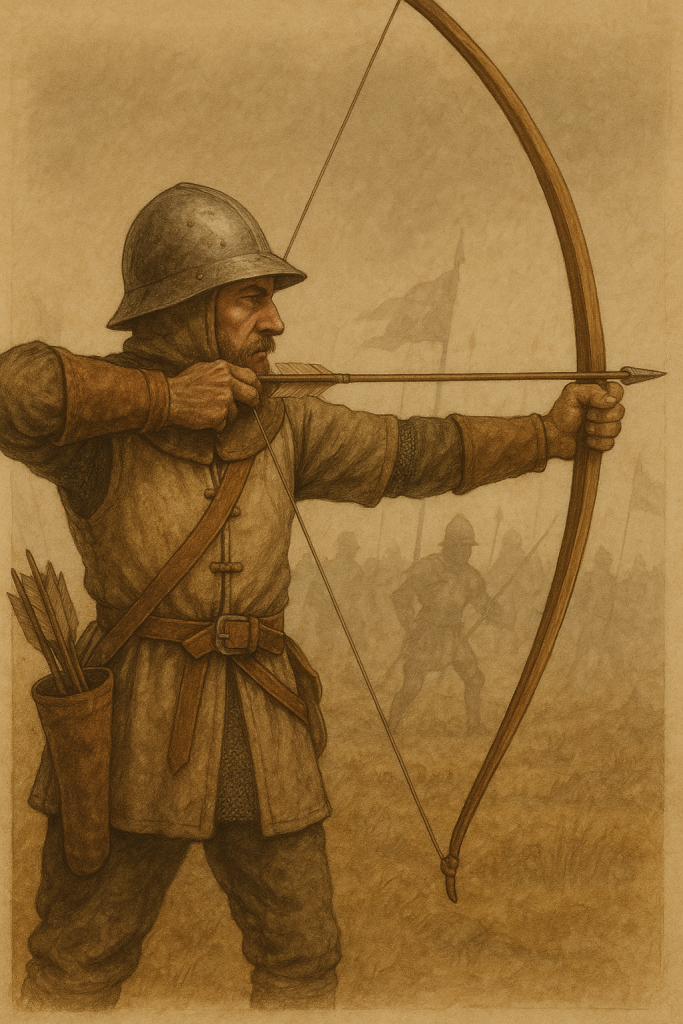
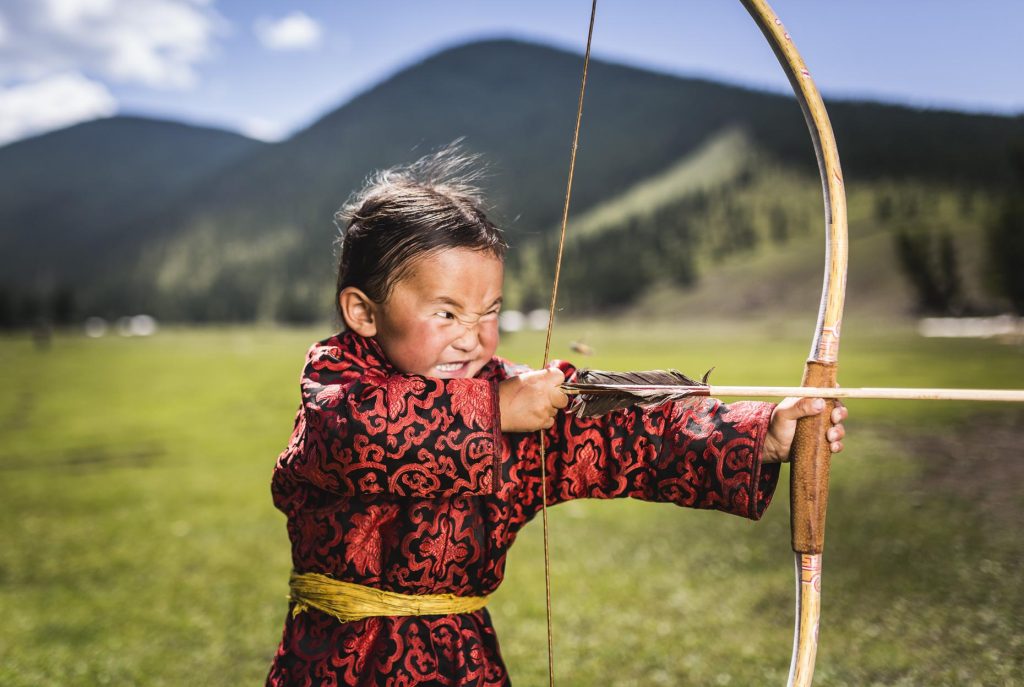
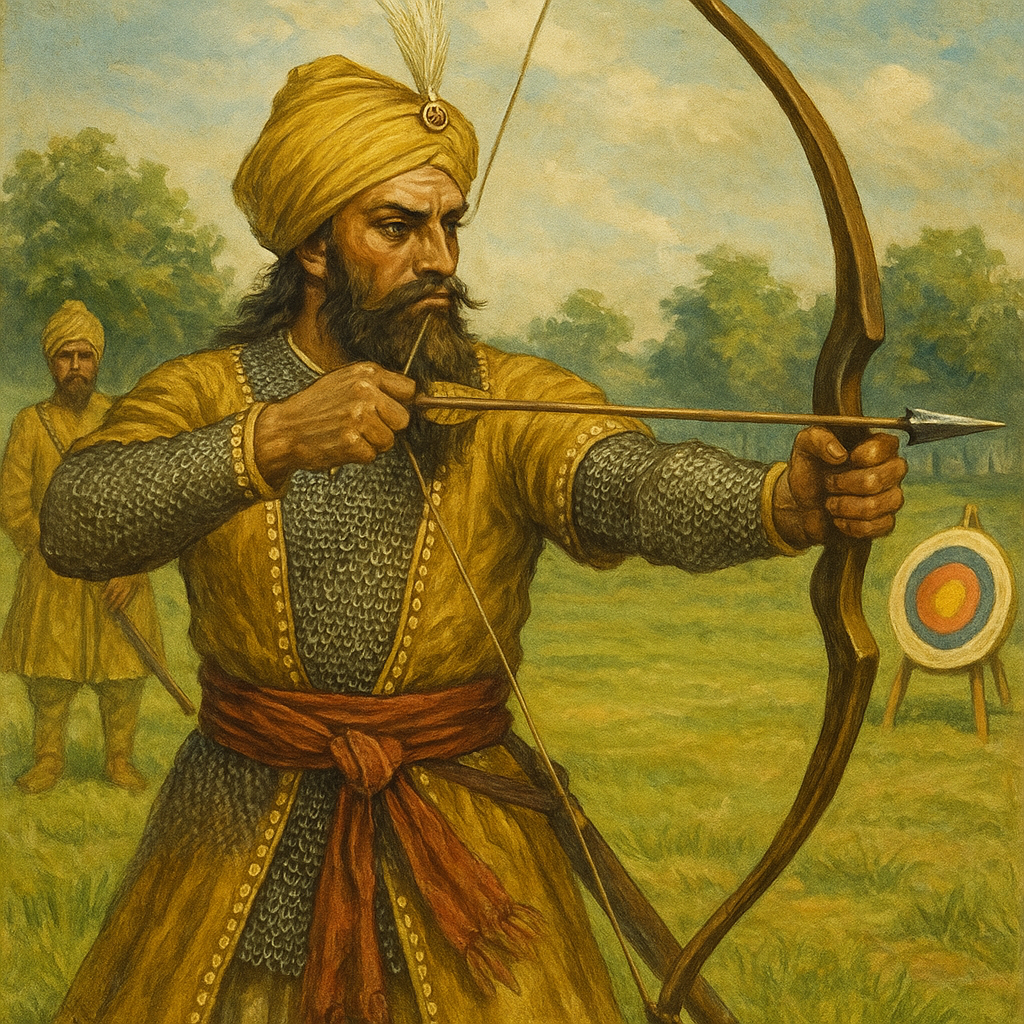
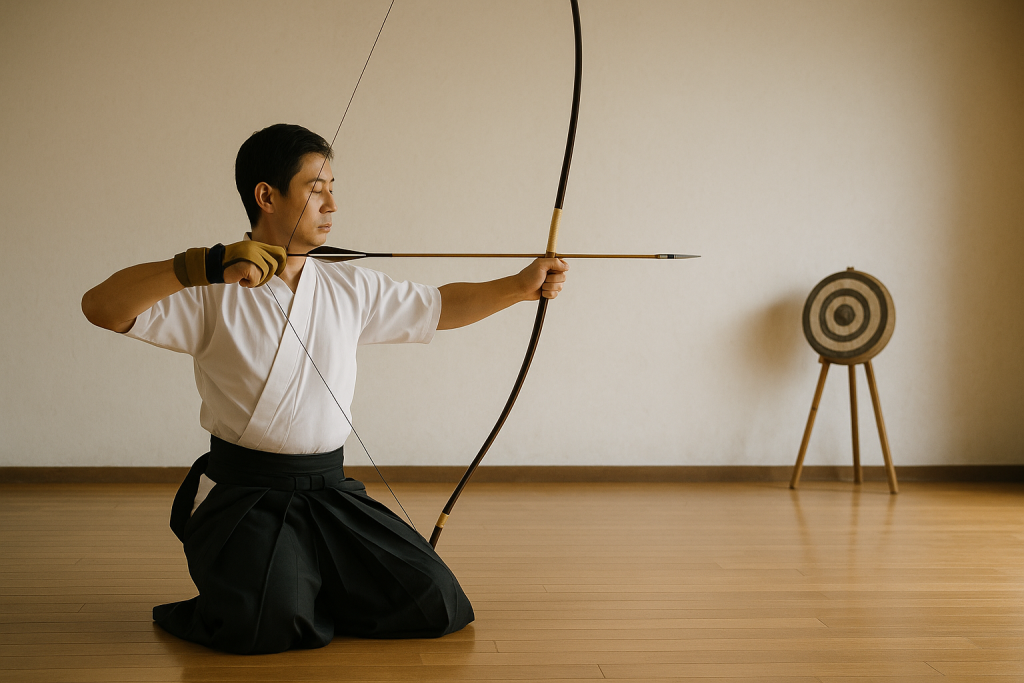
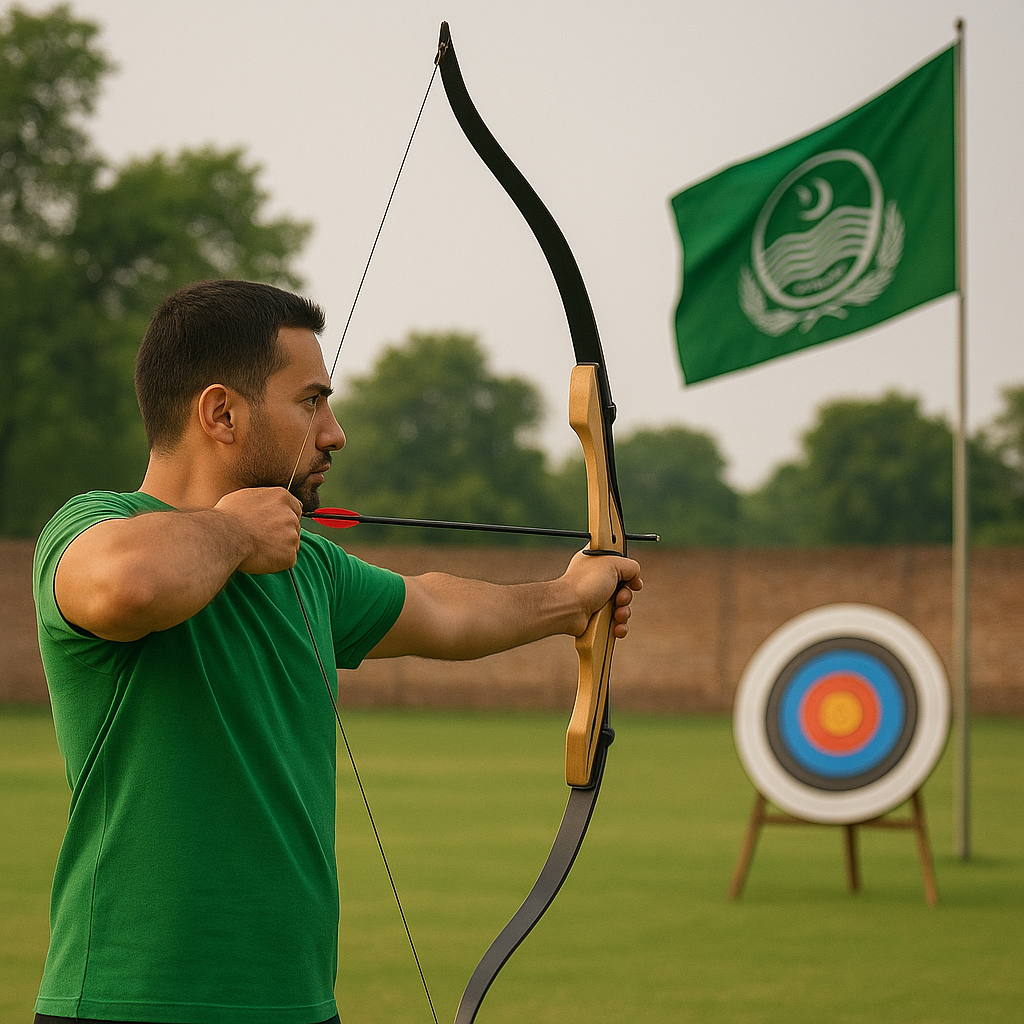
Asia: Precision and PhilosophyIn Japan, Kyudo — meaning “The Way of the Bow” — is a deeply spiritual practice. While accuracy is important, the ultimate goal is achieving harmony between body, mind, and spirit. Every movement, from the stance to the release, is deliberate and ritualized. Similarly, in Korea, Gungdo is both a sport and a heritage activity, with traditional bows crafted from bamboo and horn.
The Mongol Legacy: The Mongols of Central Asia perfected horseback archery, creating short, powerful composite bows ideal for mobility. Their ability to strike accurately while riding at full speed gave them a military advantage that helped build one of history’s largest empires.
Middle East and Islamic Golden Age: Archery was highly regarded in the Middle East, especially during the Islamic Golden Age. Historical records mention archery as one of the skills encouraged by the Prophet Muhammad, alongside swimming and horse riding. This cultural significance still resonates in traditional archery festivals across the region.
Europe: Medieval MightIn medieval England and Wales, the longbow became legendary. The Battle of Agincourt in 1415 demonstrated its devastating impact, allowing outnumbered English forces to defeat the French army. Today, longbow re-enactments and competitions keep this tradition alive.
The Americas
Indigenous peoples of North and South America developed their own styles of archery for hunting and warfare. Materials varied depending on the environment — from hardwood bows in dense forests to lighter designs in open plains. In many communities, traditional archery remains a link to ancestral heritage.
Africa
In parts of Africa, archery has long been tied to both survival and ceremony. The San people of southern Africa, for example, have used bows for hunting for thousands of years, often tipping arrows with natural poisons for efficiency.
Modern Cultural Celebrations
Today, archery is celebrated in festivals, heritage events, and sports competitions worldwide. Mongolia’s Naadam Festival, Bhutan’s national sport of archery, and Turkey’s revival of Ottoman archery traditions all show how deeply embedded the bow is in cultural identity.
Conclusion
Archery’s cultural significance goes far beyond its physical practice. It’s a shared human heritage that blends survival skills, artistry, and philosophy. From the ceremonial shooting of Kyudo to the fierce historical battles of the longbow, archery tells the story of humanity’s resilience, creativity, and connection to tradition.Indigenous peoples of North and South America developed their own styles of archery for hunting and warfare. Materials varied depending on the environment — from hardwood bows in dense forests to lighter designs in open plains. In many communities, traditional archery remains a link to ancestral heritage.

